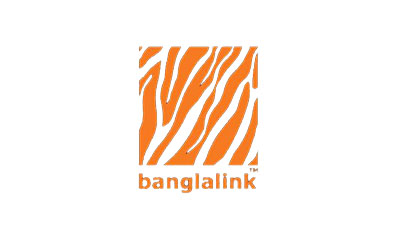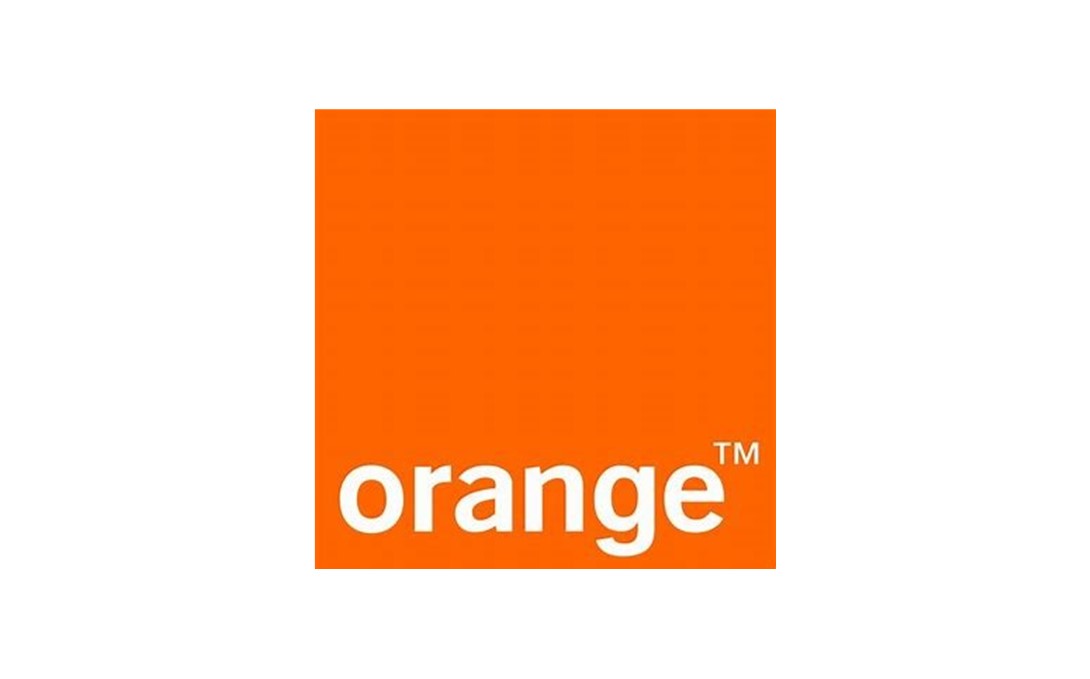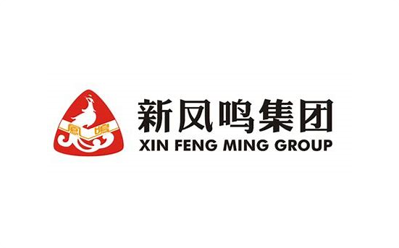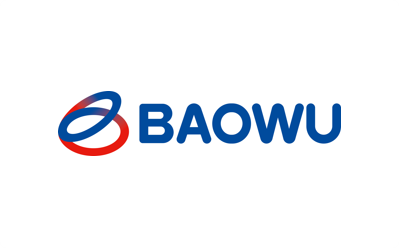The cloud networking platform provides software-defined networking controllers ZENIC vDC controllers, high-performance virtual bridges DVS, converged elastic networking services iENS family of products, where the iENS includes software gateway iENS GW, software load balancer iENS LB, and software firewall iENS FW.
The ZENIC vDC controller is a carrier class cluster controller product developed by ZTE for the cloud data center. It is designed for the application scenarios of the telecom cloud (NFVI), private cloud, public cloud and hybrid cloud. It works with the service orchestrator and cloud platform to provide end-to-end virtualized network solution. The ZENIC vDC controller is northbound to the VIM/Openstack cloud platform, accepts the invocation of the cloud platform, and converts the network service requirements into the forwarding plane model. Through the management and control of routers, switches, vSwitch, smart NICs, NEO card and firewalls, the ZENIC vDC controller provides automatic end-to-end distribution of network services, so that the network can be linked with the cloud. The ZENIC vDC controller provides three-system cluster to prevent single-point failure and dual-system split-brain. The controller cluster and the forwarding device are decoupled strictly. The failure of the controller cluster does not affect the operation of the forwarding plane. The controller provides a variety of intelligent fault location and analysis functions to improve the operation and maintenance efficiency and ensure the high sustainability of services.
High-performance virtual network bridge DVS, a high-performance carrier-class virtual network switch launched by ZTE, provides access capability to the virtualized server. Based on the open source OVS architecture and DPDK technology, telecom-related customized requirements are realized, and the high performance layer-2/layer-3 network functions are finally provided. It can serve as VTEP, supports SDN, has high interoperability and can be interconnected with third-party SDN controller. It supports application scenarios that require live migration, has software flexibility, and facilitates subsequent evolution.
The Virtual Edge Gateway iENS GW is a flexible and elastic software gateway developed by ZTE. It provides border gateway services in the form of VMs on the cloud platform, and implements L2 and L3 forwarding capabilities of the data center. The can be deployed on a general server without special dependence on hardware, and can be flexibly expanded or reduced as required. It can serve as SDN GW to provide public network services and access public network for the cloud. Based on the software gateway and iENS series products, ZTE provides a pure software networking solution to decouple software from hardware for the private cloud.
The software load balancer iENS LB is deployed on the cloud platform as a VM, and balances traffic distribution and scheduling among multiple cloud servers to improve the reliability and throughput of the application system. LB provides the traditional layer-4-oriented load balancing service and layer-7-oriented application load balancing service. Software deployment in forms can effectively reduce costs, and flexible features can rapidly adapt to increasingly fast changing service requirements, reduce hardware dependency, and provide flexible capacity expansion and reduction capabilities.
The software firewall iENS FW abstracts and virtualizes firewall resources, provides VPC security protection, VPC security isolation, and EIP, and provides network security guarantee for data centers.





























